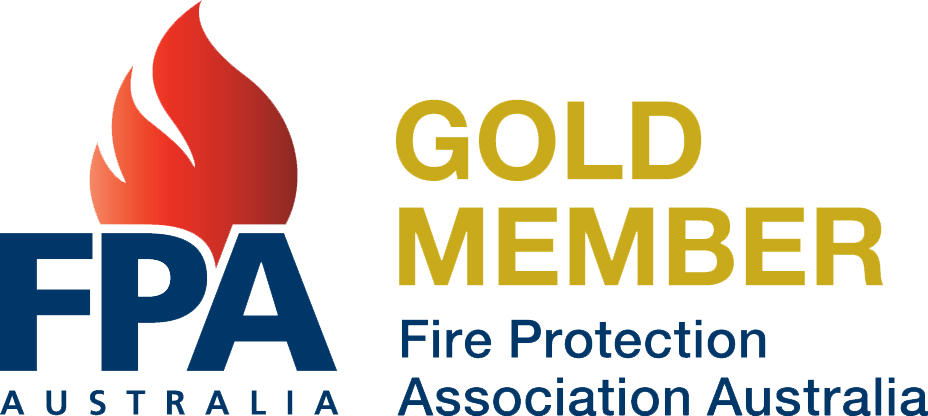Fire Indicator Panels
A Fire Indicator Panel (FIP) is the controlling component of a fire alarm system. The panel receives information from environmental sensors such as heat or smoke detectors that detect changes in the environment associated with fire. Manual triggers such as break glass units can also be added to the system so that occupants can manually trigger the system.
Alarm panels may be monitored by fire brigades.
Once fire has been detected the Fire Indicator Panel can produce both audible and visual alarms to warn building occupants of impending danger and can be used to carry out tasks such as shutting down air-conditioning systems.
Fire Safe ANZ tests and installs all fire alarm panels to AS1670 and 1851.6,1851.7 & 1851.8.
How does a Fire Indicator Panel work?
A fire alarm & detection system consists of a number of devices working together to detect and warn people through visual and audio methods that a fire or emergency is present within a building.
Fire Indicator Panels may be monitored by fire brigades through the use of Alarm Signalling Equipment (or A.S.E).
A Fire Indicator Panel is usually located near the entrance to the building, with appropriate signage, so emergency service personnel can easily access the unit and begin emergency procedures. A fire alarm & detection system block plan will supply all information required by responders so they can effectively locate a fire and provide the safe clearance of occupants in the building. All training required for site managers on the operation of the Fire Alarm system can be provided by us.
The size of the system will be dictated by the size of the building; Fire Safe ANZ can service and install any size of system required.
Fire Safe ANZ tests and installs all fire alarm panels to Australian Standard 1670 at a competitive price.
Frequently encountered faults:
Some frequently encountered faults with the Fire Indicator Panels are usually based around lack of maintenance. This includes lack of maintenance to the panels themselves and to the detectors, which should be tested bi-annually to avoid faults. Other faults may be due to detectors not being cleaned correctly, or not being cleaned at all.
EWIS/OWS
An Emergency Warning and Intercommunication System (EWIS System) is used in conjunction with a Fire Indicator Panel to facilitate the orderly evacuation of a building once a fire has been detected. EWIS provides the ability to have a verbal broadcast to one or all areas of a building and enables trained wardens to communicate with each other via WIP (Warden Intercommunication Points) phones.
Frequently encountered faults:
- Spent batteries
- Damaged WIP (Warden Intercommunication Point) phones;
- Damaged speakers; This can be extremely problematic for evacuations as where there is a damaged speaker, occupants of the building may not here the proper messages that are being delivered.
- Spent Detectors
Testing Frequency: Monthly, detectors bi-annually (50% to be tested every year)




